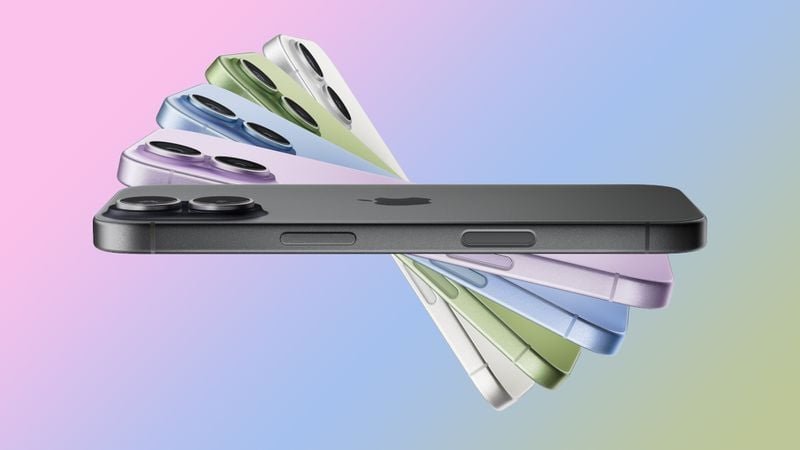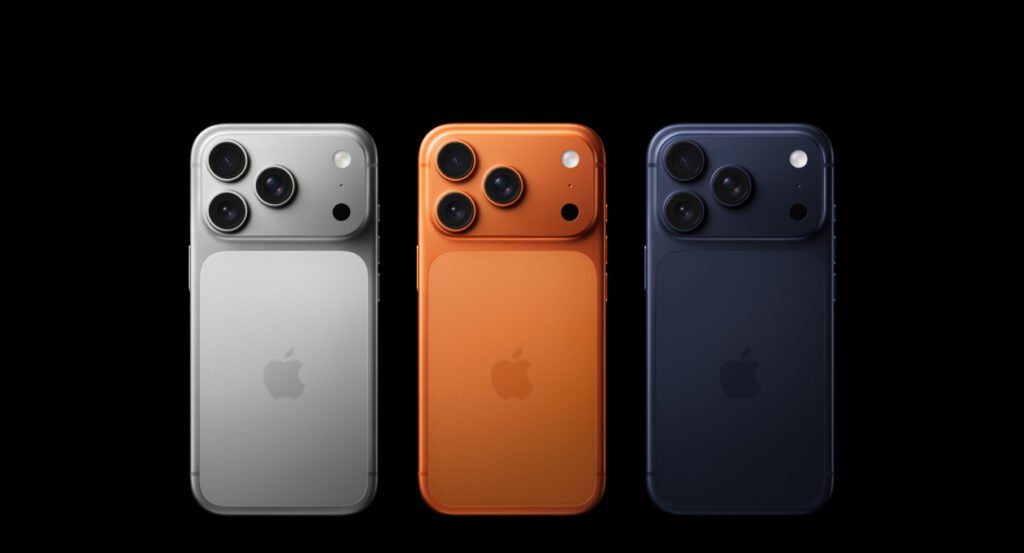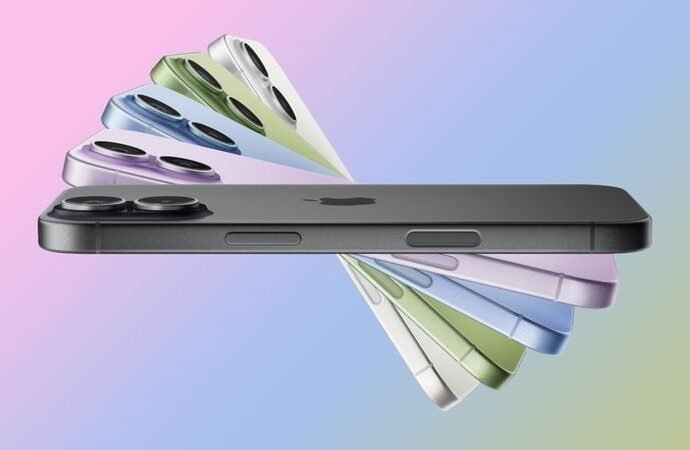Apple’s fall 2025 launch has delivered significant updates with its iPhone 17 line and the accompanying release of iOS 26, these changes not only refine what users expect of Apple’s flagship offerings but also shift strategic product positioning and market dynamics. Beginning with the iPhone 17 positioned as the entry-price flagship among the new models
Apple’s fall 2025 launch has delivered significant updates with its iPhone 17 line and the accompanying release of iOS 26, these changes not only refine what users expect of Apple’s flagship offerings but also shift strategic product positioning and market dynamics. Beginning with the iPhone 17 positioned as the entry-price flagship among the new models Apple has made several major upgrades: a 6.3-inch Super Retina XDR OLED display with ProMotion (i.e. smoother 120Hz refresh rate), improved durability via a Ceramic Shield 2 front cover that claims three-times better scratch resistance, and more powerful internals driven by the new A19 chip which supports Apple Intelligence features. Storage has also been doubled at the base level, with the iPhone 17 starting at 256 GB instead of lower tiers from past models, and color options have increased diversity (black, lavender, mist blue, sage, white). The camera system in the iPhone 17 has moved to a 48MP Dual Fusion rear camera system, bringing better performance in both regular and low-light photography, while the front camera upgrades include features like Center Stage, which always keeps users in the frame during video calls. Apple claims “all-day battery life” with faster charging, though real-world usage (especially under heavy AI or camera loads) will be watched closely. The iPhone 17 Pro and Pro Max, meanwhile, carry more premium materials, enhanced thermal systems, and more advanced camera arrays, maintaining differentiation within the line.

On the software & design side, iOS 26 introduces Liquid Glass, a bold visual redesign emphasizing translucency, layered effects, refined lighting, and more tactile UI elements glossy, glass-like button effects, subtle animations, and dynamic adaptations based on context (e.g., background, lighting). Alongside visuals, Apple is enhancing functionality: improved call and message screening tools, new features in Maps, Wallet, Apple Music; the addition of a standalone Games app to aggregate game purchases; and tighter integration with Apple Intelligence (their AI framework) offering smarter behavior in frequently used apps. There are also new accessories: woven-fabric and silicone MagSafe cases in fresh colors, and scratch/stain-resistant coatings. Market response is notable: Apple has asked suppliers (notably Luxshare Precision and Foxconn) to boost production of the standard iPhone 17 by at least ~30-40% due to strong pre-orders, indicating heavier demand than initially forecasted, particularly for the less expensive flagship model rather than the Pro versions. This suggests consumer preference skewing toward what is perceived as “good enough” high performance without paying for extra camera or material premium. However, there are potential friction points: early reports from users suggest that the iOS 26 update has led to battery drain issues and some overheating, which Apple says are partly due to background tasks like indexing and app updates following major software upgrades. Also, some users have voiced aesthetic criticisms of the new “Liquid Glass” elements (legibility, eye strain) and the so-called “red clock” feature for low light rotations of the lock screen. How Apple responds in future incremental updates will matter a lot for user satisfaction.

For older users especially, several of these changes are meaningful. Increased durability (scratch resistance, tougher glass), larger base storage (reducing need for frequent cloud reliance), improved camera performance (especially front camera for video calls), smoother performance (which aids in accessibility, readability), and boosted battery life are all positive. But new visual styles and design changes may have an adjustment curve visibility/legibility under different lighting is a concern. Strategically, Apple seems balancing premium vs. affordability more deliberately, which may broaden access for more users. Over the coming months, observers will watch how iPhone 17’s real-world battery life holds up, how well Apple patches any design or UI feedback, whether Apple Intelligence features perform as promised, and whether the boosted production satisfies demand without leading to shortages or quality trade-offs.

















Leave a Comment
Your email address will not be published. Required fields are marked with *